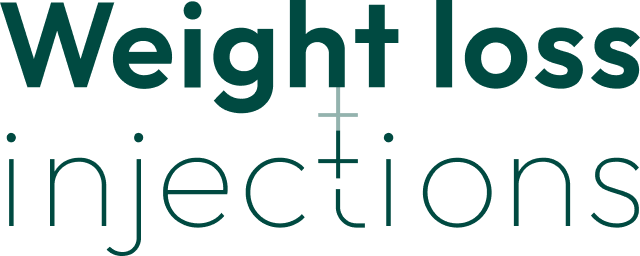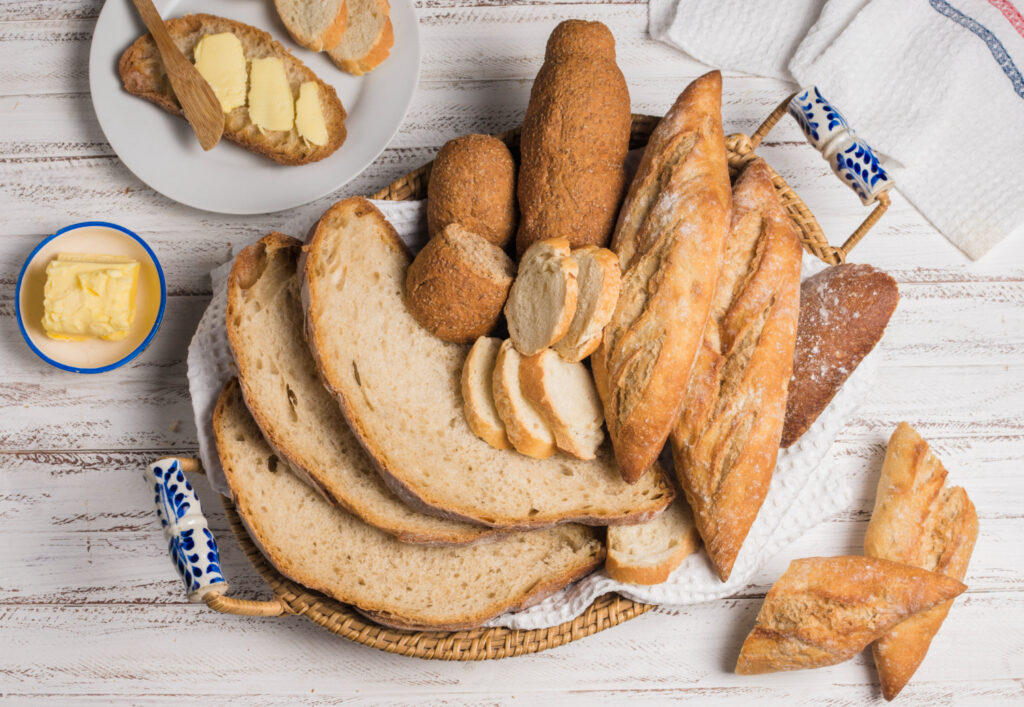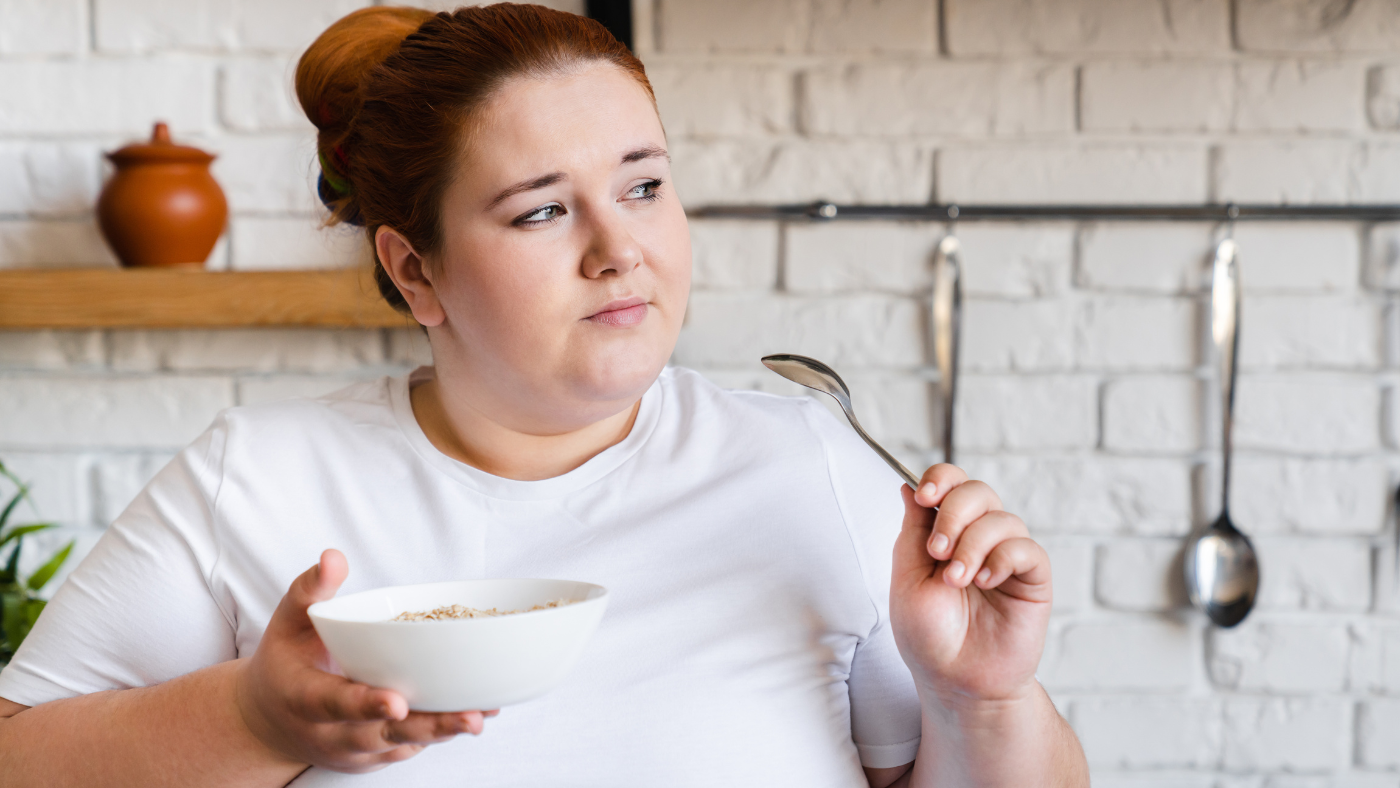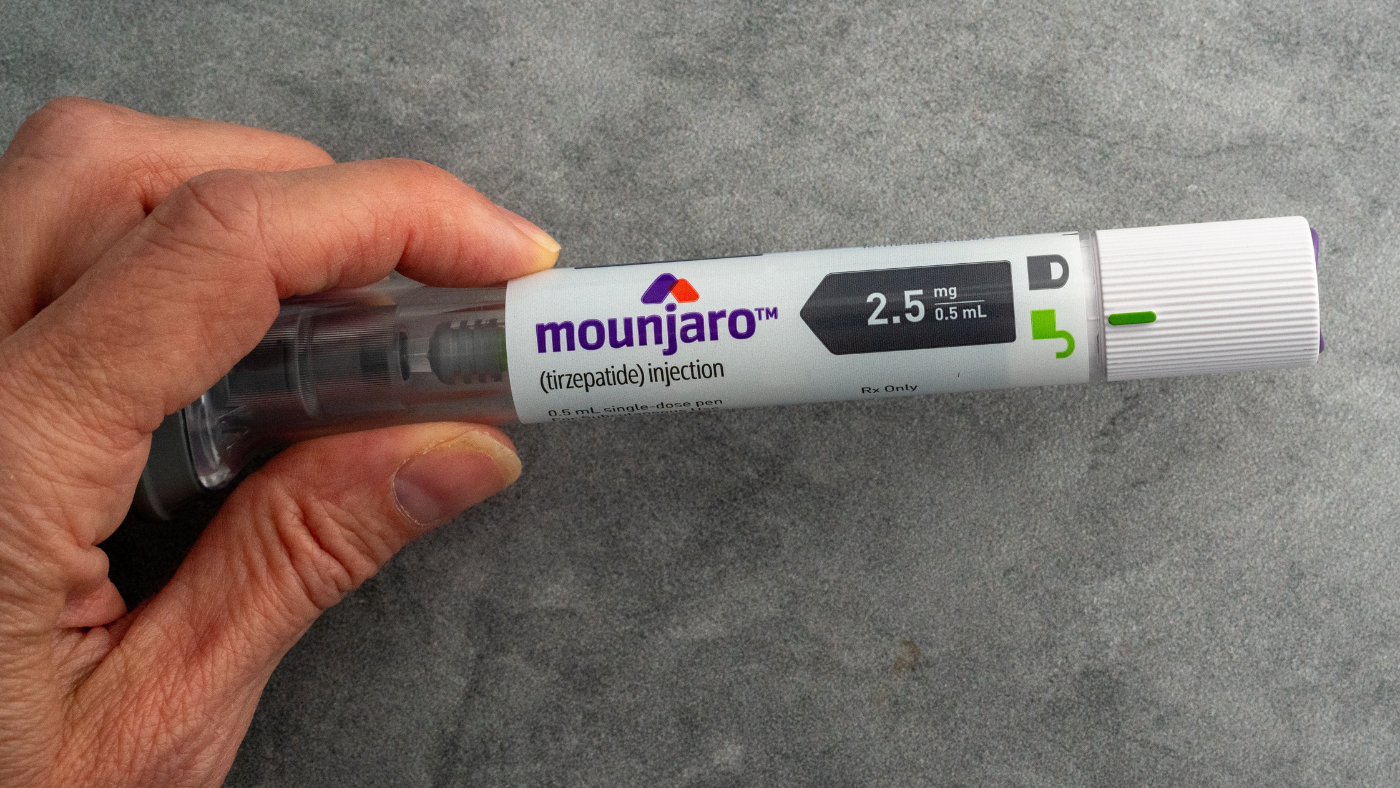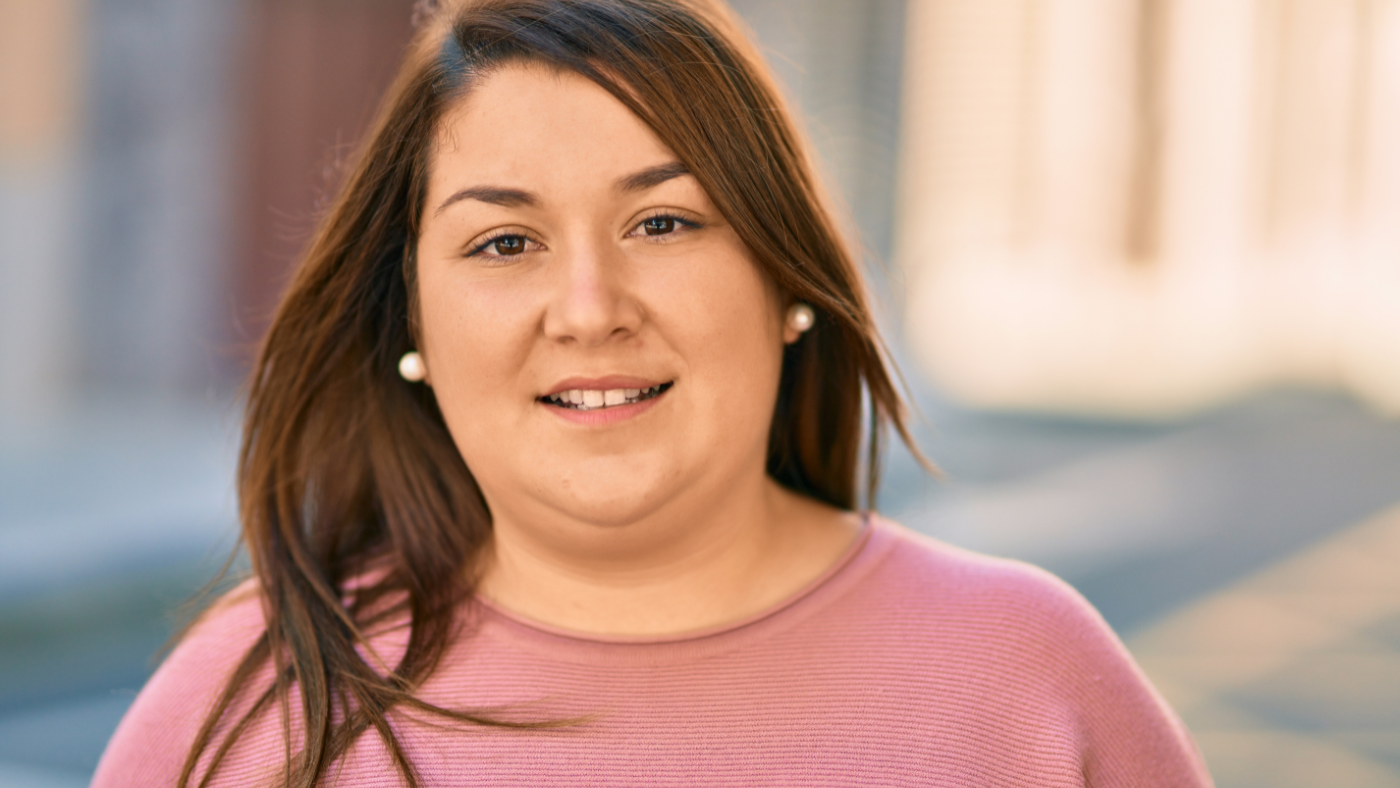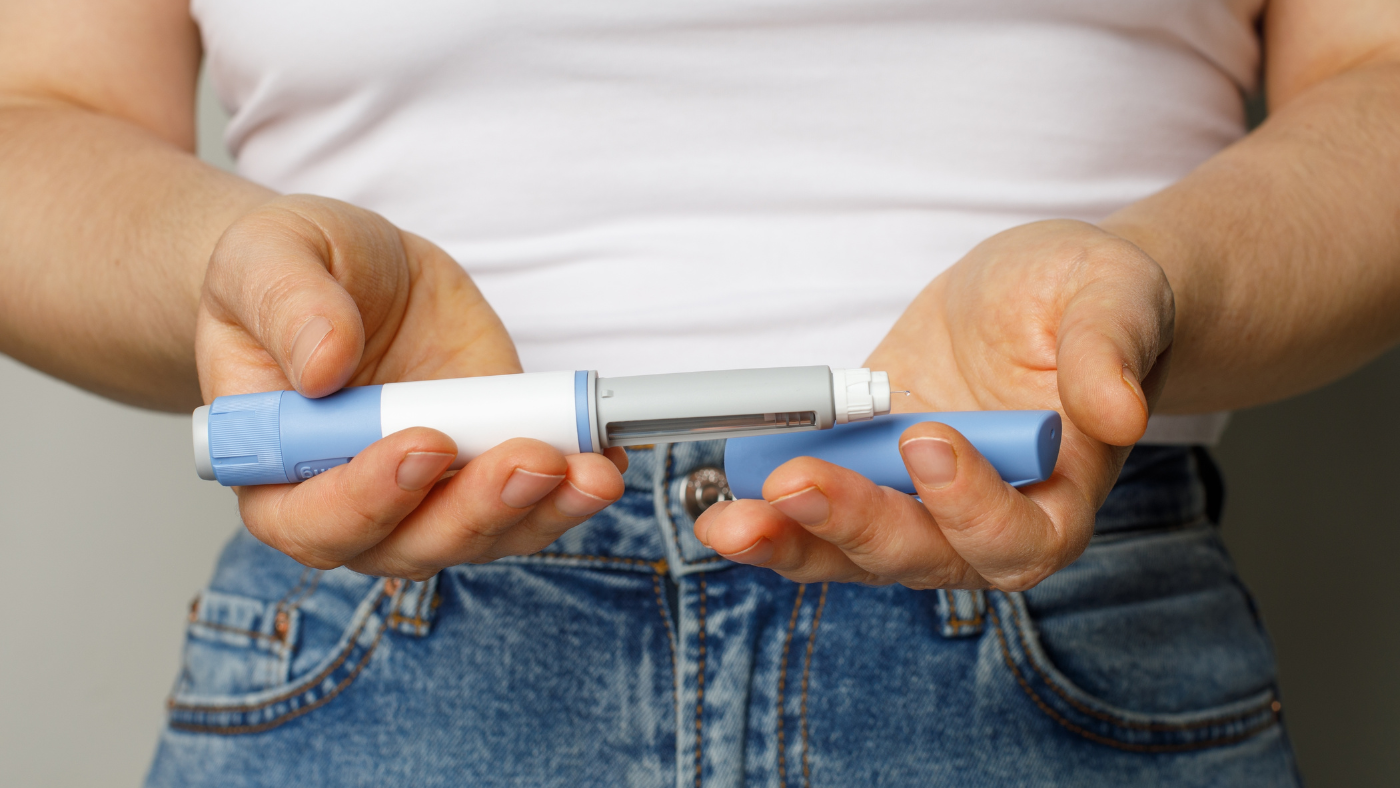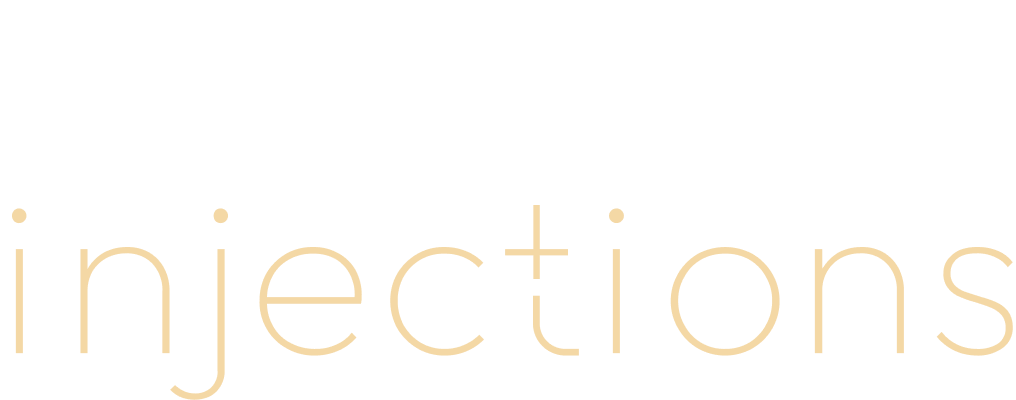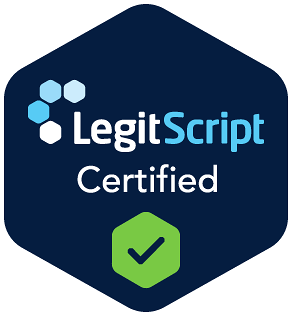The GLP-1 diet isn’t just another trendy eating plan—it’s your secret weapon for making weight loss medications work their absolute best. Look, I’ve seen too many people spend thousands on these treatments only to wonder why they’re not getting the results they expected. The truth? What you eat can make or break your success.
When you’re on GLP-1 medication, every bite counts more than ever. Your appetite is different, your digestion has changed, and your body is essentially relearning how to process food.
Get this right, and you’ll maximise every penny you’re investing in treatment. Get it wrong, and you’ll be battling unnecessary side effects whilst leaving results on the table.
GLP-1 Medications and Dietary Impact
Here’s what’s actually happening inside your body when you start GLP-1 treatment. These medications slow down how quickly food moves through your stomach—think of it like putting your digestive system in slow motion.
But here’s where it gets interesting. Because food stays in your stomach longer, what you choose to eat becomes absolutely critical. Eat the wrong things, and you’ll feel like you’ve swallowed a brick. Choose wisely, and you’ll cruise through your day feeling satisfied and energised.
The GLP-1 diet approach recognises that your relationship with food has fundamentally changed. We’re not just counting calories anymore; we’re optimising every meal to work with your medication, not against it.
Foods to Eat on GLP-1:
High-Protein Foods
Protein is your absolute best mate when you’re on GLP-1 medication. I’m talking about 1.2 grams per kilogram of body weight daily—that’s roughly 25-30 grams per meal for most people. Why? Because rapid weight loss often means losing muscle along with fat, and protein is your insurance policy against that.
Here’s what should be starring on your plate:
- Lean meats: Chicken breast, turkey, lean beef cuts
- Fish: Salmon, cod, tuna, mackerel
- Eggs: The whole egg, not just whites
- Greek yoghurt: Higher protein than regular yoghurt
- Cottage cheese: Underrated protein powerhouse
- Tofu and tempeh: Plant-based options that actually fill you up
I learned this the hard way watching a mate lose 30 pounds but also lose so much muscle that his metabolism crashed. Don’t be that person. Every meal needs a solid protein foundation.
The beauty of protein on GLP-1 medication? It keeps you satisfied for hours without that uncomfortable overly-full feeling. Plus, your body actually burns calories just digesting protein—it’s like getting paid to eat.
High-Fibre Vegetables and Fruits
Vegetables and fruits aren’t just side dishes anymore—they’re your digestive system’s best friends. The fibre helps prevent constipation (a common GLP-1 side effect) whilst the nutrients support your overall health during rapid weight loss.
Vegetables that work brilliantly:
- Leafy greens: Spinach, kale, rocket
- Cruciferous vegetables: Broccoli, Brussels sprouts, cauliflower
- Colourful options: Bell peppers, carrots, beetroot
Fruits that won’t spike your blood sugar:
- Berries: Blueberries, strawberries, raspberries
- Apples and pears (with skin)
- Citrus fruits: Oranges, grapefruit
Here’s a pro tip: aim for vegetables that have natural GLP-1 boosting properties. Leafy greens and cruciferous vegetables actually help your body produce more of its own GLP-1 hormone. It’s like getting a natural boost on top of your medication.
Healthy Fats and Whole Grains
Don’t fall into the trap of thinking all fats are the enemy. The right fats actually help your GLP-1 medication work better by triggering the release of satiety hormones.
Smart fat choices:
- Avocados: Perfect for keeping you satisfied
- Nuts and seeds: Almonds, walnuts, chia seeds
- Olive oil: For cooking and dressings
- Fatty fish: Double win with protein and healthy fats
Whole grains that stabilise blood sugar:
- Oats: Steel-cut or rolled
- Quinoa: Complete protein bonus
- Brown rice: Better than white for blood sugar
- Barley: Often overlooked but brilliant for fibre
The key with fats and the GLP-1 diet is moderation. A little goes a long way, and since your stomach empties slower now, you’ll feel satisfied with smaller amounts.
Foods to Avoid on GLP-1:
High-Fat Processed Foods
This is where many people shoot themselves in the foot. High-fat processed foods are like kryptonite when you’re on GLP-1 medication. They sit in your stomach like a rock and can trigger some pretty unpleasant side effects.
Avoid these troublemakers:
- Fried foods: Chips, fried chicken, doughnuts
- Fast food: Burgers, pizza, anything from a drive-through
- Processed meats: Sausages, bacon, deli meats loaded with fat
- Rich desserts: Ice cream, cheesecake, chocolate bars
I watched someone learn this lesson the hard way after a Friday night takeaway. They spent the entire weekend feeling nauseous and uncomfortable. Your slowed digestion just can’t handle these heavy, greasy foods like it used to.
Refined Carbohydrates and Sugars
Refined carbs and sugars are the opposite of what your body needs right now. They cause blood sugar spikes, provide empty calories, and can actually work against your GLP-1 medication’s benefits.
Steer clear of:
- White bread and pastries
- Sugary drinks: Fizzy drinks, fruit juices, energy drinks
- Sweets and chocolate
- White rice and pasta
- Biscuits and cakes
These foods burn through your system quickly, leaving you hungry again whilst providing zero nutritional value. When you’re eating less overall, every calorie needs to earn its place.
Spicy Foods During Side Effects
Here’s something they don’t always tell you: spicy foods can be your worst enemy during the adjustment period. If you’re experiencing nausea (which is common in the first few weeks), spicy foods will make it significantly worse.
Temporarily avoid:
- Hot peppers and sauces
- Spicy curries
- Heavily seasoned foods
- Anything that makes you reach for water
Once your body adjusts to the medication and nausea subsides, you can gradually reintroduce spices. But during those first few weeks, bland is your friend.
Managing Side Effects Through Diet:
Nausea Relief
Nausea is probably the most common complaint I hear from people starting GLP-1 medication. The good news? The right foods can actually help settle your stomach instead of making things worse.
Go-to foods for nausea:
- Plain crackers or toast
- Rice (white is actually better here)
- Clear soups and broths
- Bananas
- Ginger tea
Keep portions small and eat slowly. I tell people to think of themselves as having a sensitive stomach for the first month. Treat yourself gently, and your body will adjust.
Preventing Constipation
Constipation affects about 24% of people on GLP-1 medication. It’s not glamorous to talk about, but it’s real, and it’s manageable with the right approach.
Your constipation prevention toolkit:
- Drink 8-10 glasses of water daily (your thirst signals might be dulled)
- Gradually increase fibre intake
- Include prunes or other natural laxatives
- Move your body—even gentle walking helps
The mistake people make is dramatically increasing fibre overnight. That’ll just make you bloated and uncomfortable. Increase gradually and let your system adjust.
Meal Planning Strategies:
Successful GLP-1 treatment requires a different approach to meal planning. Forget three massive meals a day. Think smaller, more frequent, nutrient-dense options.
Daily structure that works:
- Start with protein at every meal
- Include vegetables or fruit with each eating occasion
- Plan for 4-5 smaller meals rather than 3 large ones
- Keep healthy snacks visible and junk food hidden
Hydration is non-negotiable. Your thirst signals might be dampened, so set reminders. I recommend keeping a water bottle visible at all times. Dehydration will make every side effect worse.
Meal prep becomes your superpower. When your appetite is unpredictable, having the right foods ready prevents poor choices. Batch cook proteins, pre-cut vegetables, and have emergency meals in your freezer.
Working with Healthcare Providers:
Here’s something that might surprise you: your GP or weight loss clinic should be your teammate, not just your prescription writer. The most successful people I’ve seen have regular check-ins about more than just weight—they’re discussing energy levels, side effects, and nutritional status.
If you’re in Ireland, you’re actually in a great position. There are several reputable online services that provide proper medical supervision alongside GLP-1 prescriptions. The key is finding providers who understand that medication is just one piece of the puzzle.
Questions to ask your provider:
- How often should my blood work be checked?
- What warning signs should I watch for?
- Do you recommend working with a nutritionist?
- What’s your protocol if side effects become problematic?
Don’t accept a “take this and see you in three months” approach. Proper GLP-1 treatment requires ongoing support and adjustment.
Long-Term Success
The dirty secret about GLP-1 medication? The habits you build whilst taking it determine what happens when you stop. Yes, some people stay on these medications long-term, but others use them as a bridge to sustainable lifestyle changes.
Sustainable habits that stick:
- Learn to recognise true hunger versus habit
- Build meals around protein and vegetables
- Develop a consistent eating schedule
- Find physical activities you actually enjoy
- Address emotional eating patterns
The GLP-1 diet approach isn’t just about maximising medication effectiveness—it’s about rewiring your relationship with food. People who succeed long-term use this period to break old patterns and establish new ones.
Monitor your progress beyond the scale. Take body measurements, track energy levels, note sleep quality, and pay attention to how clothes fit. Weight can fluctuate, but these other markers give you a fuller picture of your health transformation.
Conclusion
The GLP-1 diet isn’t complicated, but it is specific. Success comes from understanding that your body has changed and adapting your nutrition accordingly. Focus on protein, embrace vegetables, choose whole foods over processed ones, and listen to your body’s new signals.
Remember, these medications are tools, not magic bullets. The habits you build around food, exercise, and self-care will determine your long-term success. Work with qualified healthcare providers, be patient with the adjustment period, and trust the process.
Your investment in GLP-1 treatment deserves to be maximised with smart food choices, proper hydration, and realistic expectations. Master the GLP-1 diet principles, and you’ll not only reach your weight loss goals—you’ll build the foundation for maintaining them for life.
Frequently Asked Questions
Q 1: How quickly will I see results combining GLP-1 medication with proper diet?
A 1: Most people notice appetite changes within the first week, but significant weight loss typically begins in weeks 2-4. The combination of GLP-1 medication with a proper diet usually shows measurable results within the first month, with optimal effects appearing after 12-16 weeks of consistent treatment and dietary adherence.
Q 2: Can I eat normally whilst taking GLP-1 medication, or must I follow a strict diet?
A 2: Whilst you don’t need to follow an extremely restrictive diet, your food choices significantly impact both effectiveness and side effects. The documented slower gastric emptying means high-fat and processed foods can cause uncomfortable symptoms.
Q 3: What should I do if I experience severe nausea that prevents me from eating enough?
A 3: Start with bland, easily digestible foods like plain rice, toast, or crackers. Eat smaller portions more frequently rather than forcing large meals. Ginger tea can help settle your stomach. If nausea persists beyond the first month or prevents adequate nutrition, consult your healthcare provider about adjusting your dosage.
Q 4: How much water should I drink daily, and why is hydration so important on GLP-1?
A 4: Aim for 8-10 glasses of water daily, as GLP-1 medications can reduce your natural thirst signals. Proper hydration helps prevent constipation (a common side effect), supports your kidneys in processing the medication, and helps manage nausea.
Set phone reminders if you forget to drink water regularly.
Q 5: Is it safe to take vitamin supplements whilst on GLP-1 medication?
A 5: Generally yes, and often recommended. Because you’re eating less food overall, you might not get all necessary nutrients from diet alone.
A good multivitamin, vitamin B12, and vitamin D are commonly suggested. However, always discuss supplements with your healthcare provider, as some can interact with medications or affect absorption.
